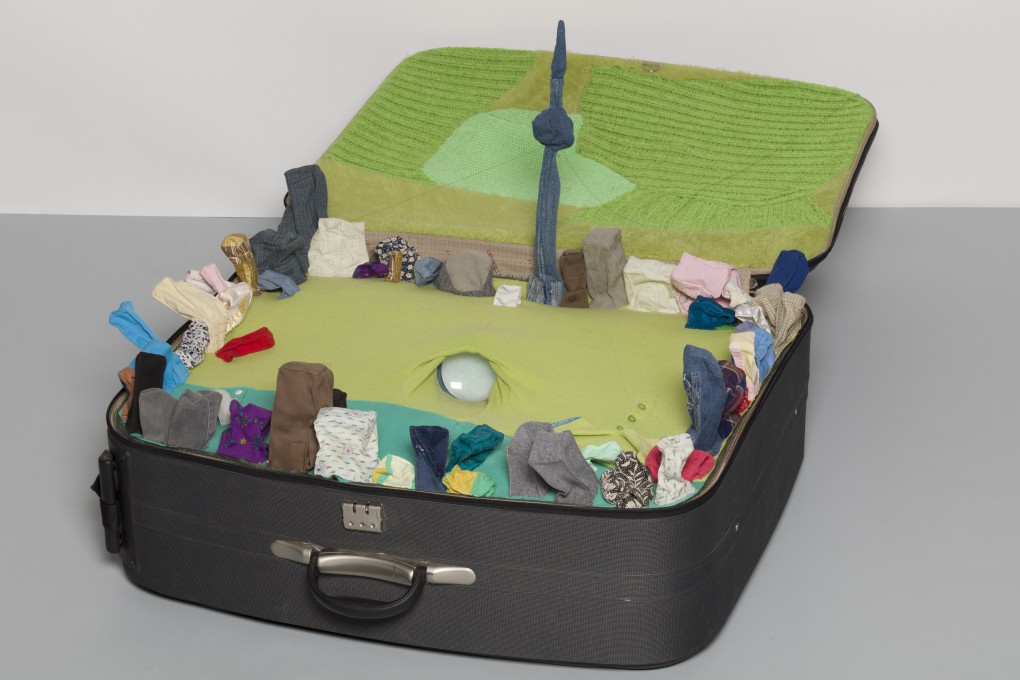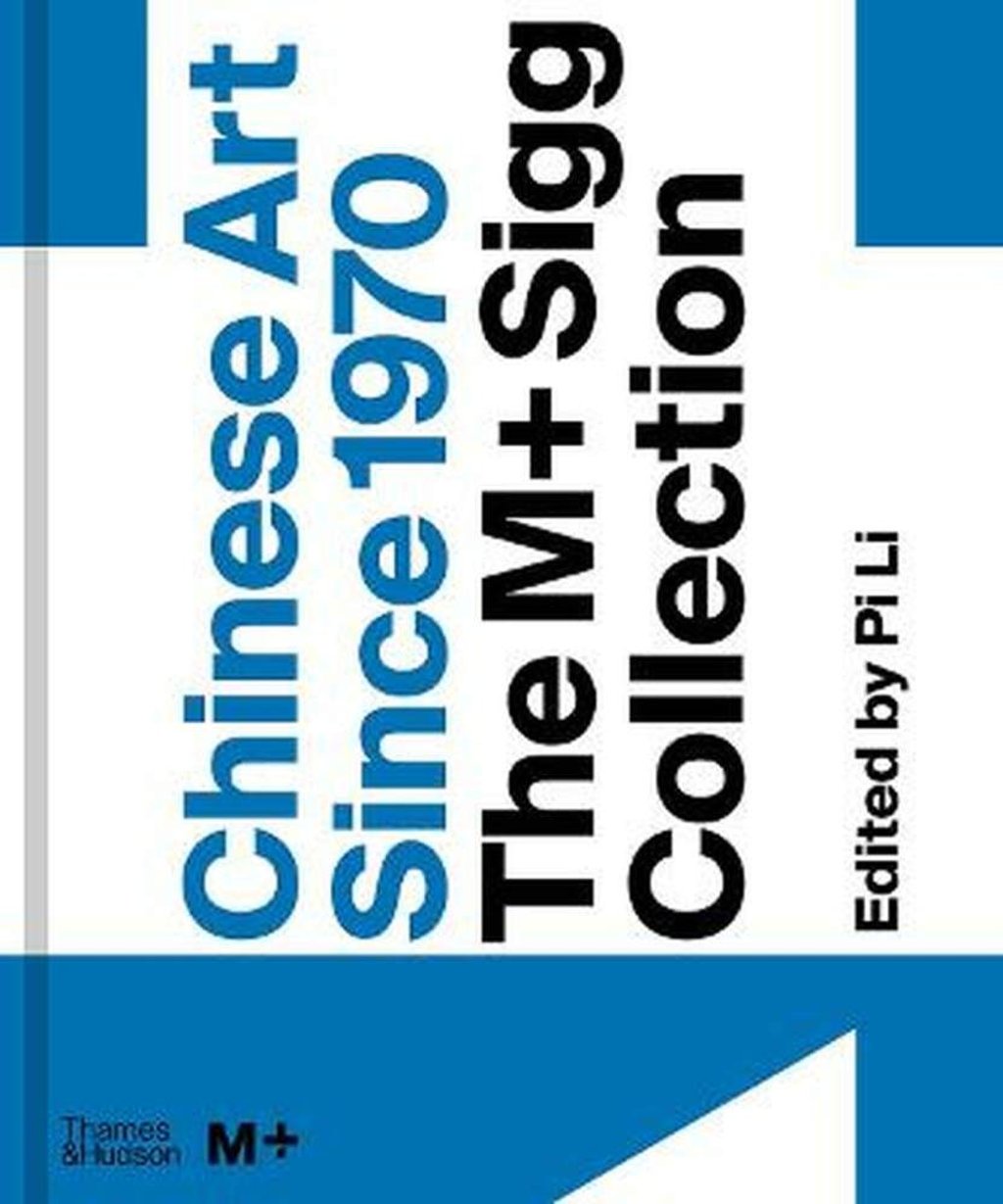Review | New thinking about the Chinese contemporary art collection of Uli Sigg at the heart of M+, Hong Kong’s museum of visual culture
- With more than 700 photographs and an A to Z of the artists former Swiss ambassador to China collected, catalogue is both comprehensive and unwieldy
- Most valuable are the essays, including those by the director of Hong Kong’s M+ museum that houses the collection, and editor Pi Li with a new perspective on it

Chinese Art Since 1970: The M+ Sigg Collection, edited by Pi Li, pub. Thames & Hudson
How to present the Sigg Collection without advancing its appearance as a canon of Chinese contemporary art? This is the challenge facing the M+ museum and the contributors to the insightful catalogue accompanying the opening exhibition, titled Chinese Art Since 1970, The M+ Sigg Collection.
This comprehensive yet chaotic catalogue blows open the door to an alternative canon. With more than 700 illustrations of works by 340 artists and over 500 pages, the tome is often unwieldy, yet worth the effort. The introductory preface by Suhanya Raffel, director of M+, makes a case for a single-owner collection forming the basis of a museum, citing New York’s Museum of Modern Art (MoMA) and, more on point, the Guggenheim Museum.

She justifies the decision to acquire the collection by stating, “Most importantly, no museum had collected with any degree of depth avant-garde art created in China in the late 20th century.”
